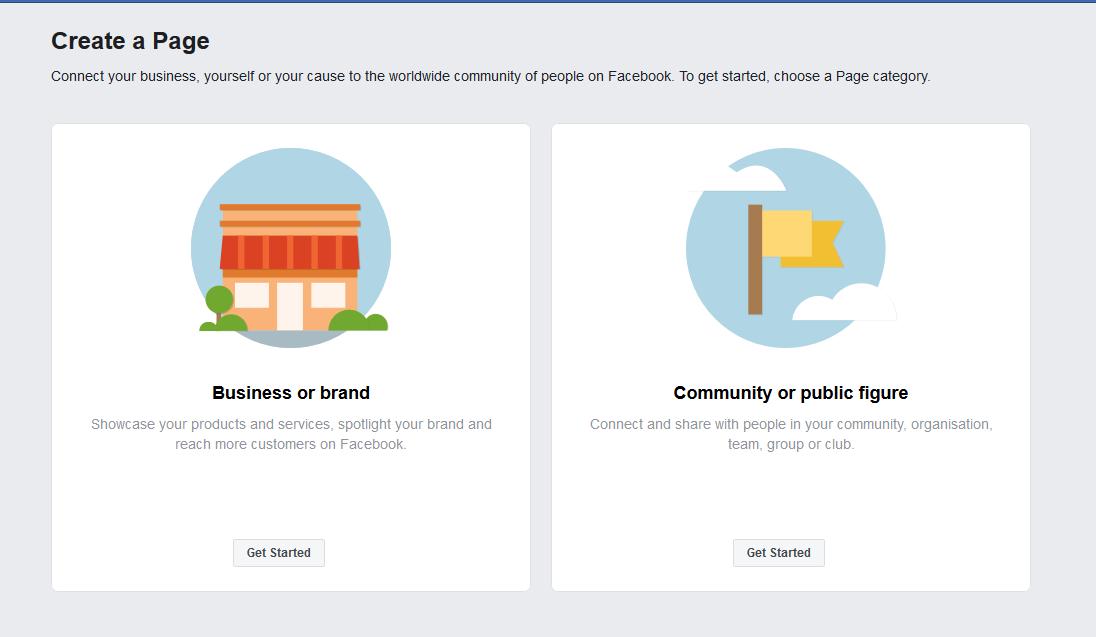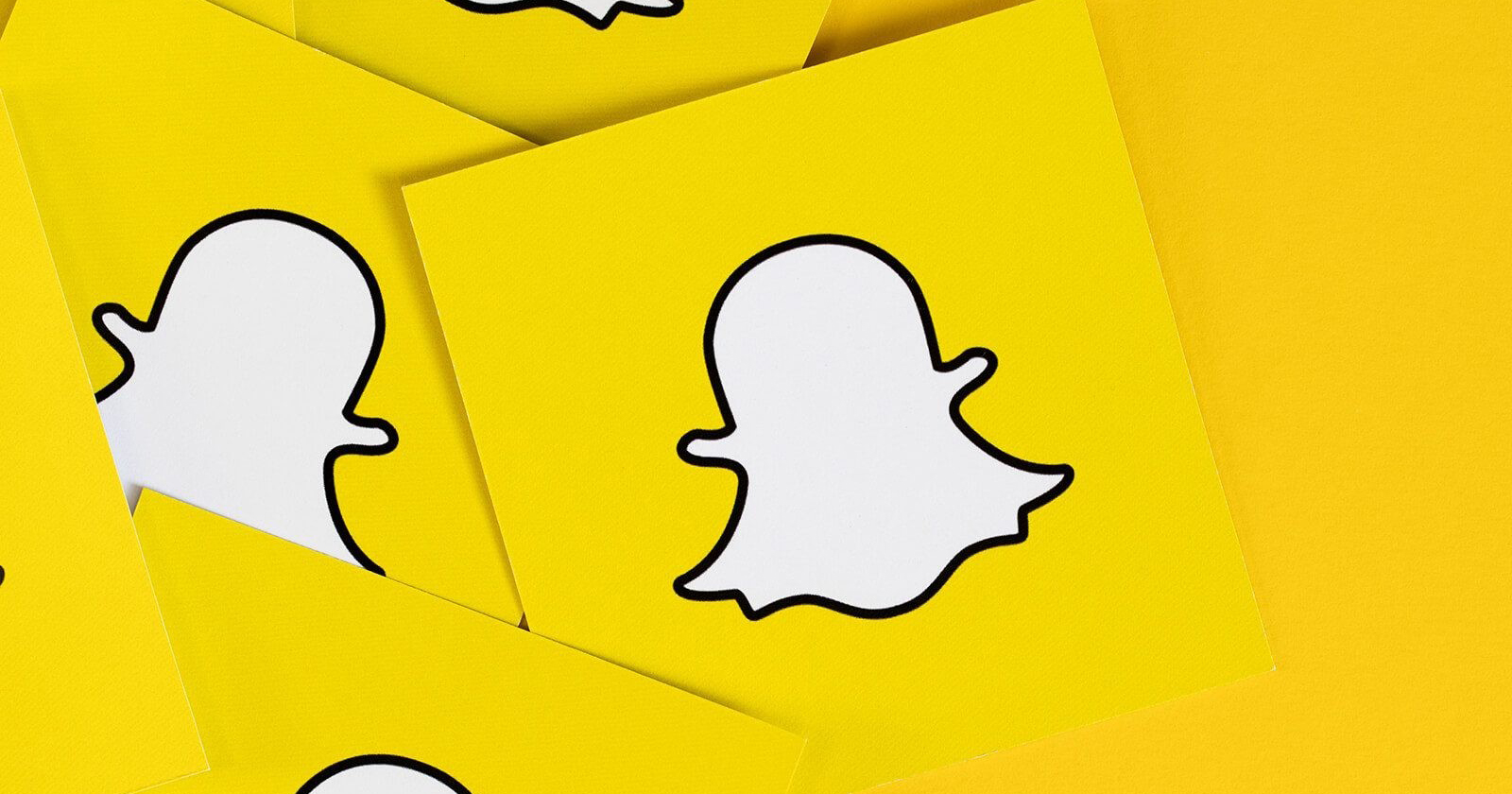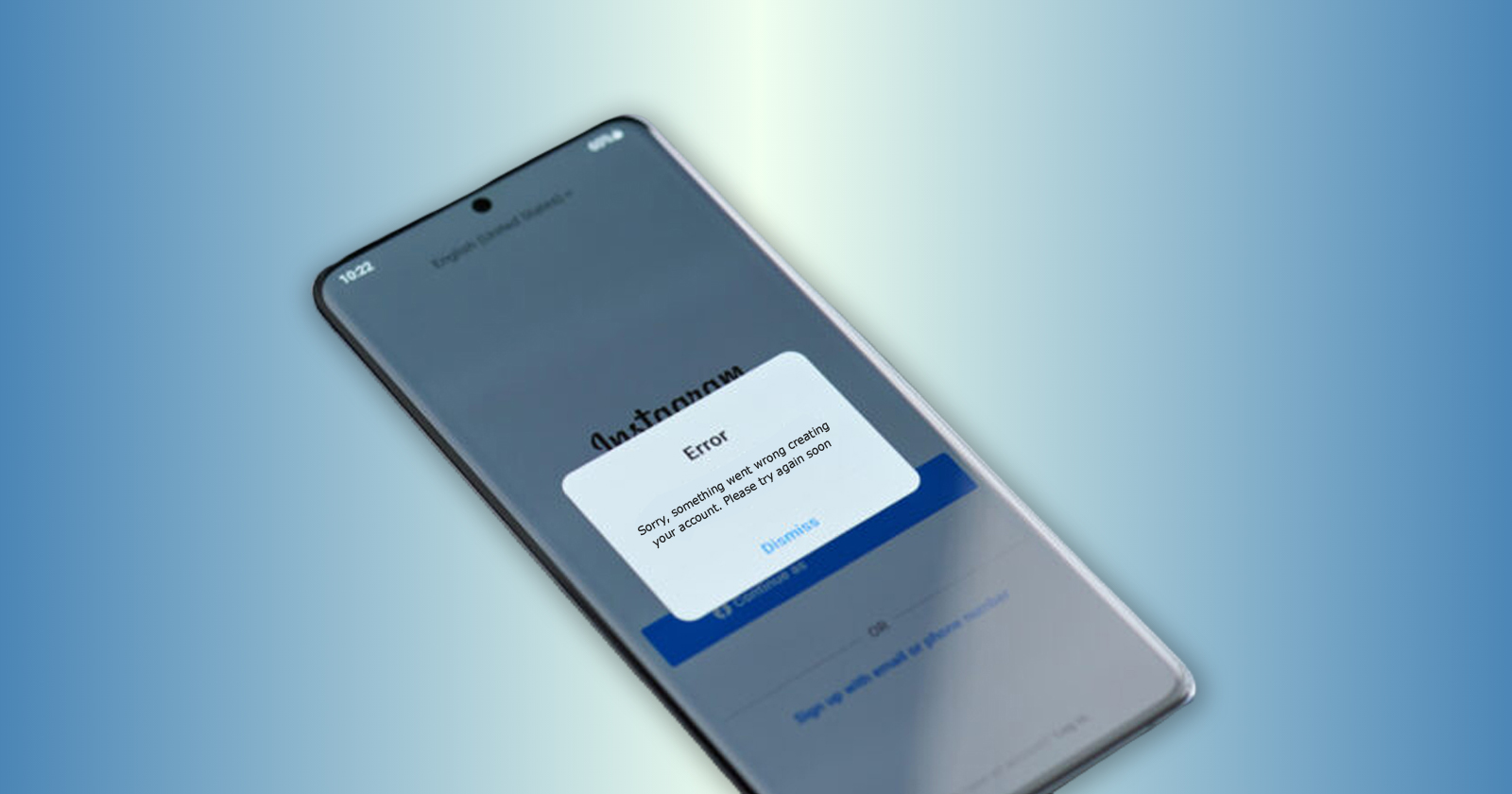For all we know, even your grandparents are on Facebook, the biggest social media platform.
Facebook has been around since 2004 when Mark Zuckerberg founded and developed it with his roommate and co-Harvard University student Eduardo Saverin. For 14 years, the social network has gone through so many changes and improvements. If you were to compare how Facebook looks and functions today with its very first version, the two are nowhere similar to each other.
What started out as just a social platform to connect friends with one another has become one of the biggest hubs that provides out-of-the-box opportunities for business owners to grow their business.
Yes! You read it right. Facebook is more than just a social network today. It has become some sort of a tool. And, by how things are going in their direction right now, Facebook might just be headed toward the business sector path.
Here are a couple of figures to start this discussion:
- To date, there are 1.18 billion Facebook daily active users.
- The average user spends 50 minutes a day on Facebook.
What can we conclude from this?
Facebook is the whole internet to a large majority of these users!
With that being said, are you taking advantage of Facebook to its full potential to help your business?
An individual who uses Facebook to connect with friends will normally have a profile. Similarly, a business that uses Facebook as a channel to market its product or service will have a page. A Facebook Page is a digital public presence that enables Facebook users to “like” and “follow” a business. Once a user likes a business page, he or she will receive updates whenever the business page updates posts and they will appear on their News Feed.
Now, you might start to think, “That’s it? All I need to do is create a Page and update my posts?”
Well, we hate to burst the bubble but we are not even at the tip of the iceberg yet. There are a plethora of processes that gofor the creation of a Business Page on Facebook and updating your posts.
This is why we have created this brief guide to give you a jumpstart on your journey to becoming an expert Facebook marketer.
In this guide, we will be discussing the following topics:
- Setting Up a Facebook Business Page
- Getting Facebook Likes
- Types of Facebook Posts
- Advertising on Facebook
Brace yourself, get a pen and a notepad, and let us start!
Setting Up a Facebook Business Page
First things first — obviously, you cannot proceed with Facebook marketing if you do not have a Facebook Page to market. Creating one is a cinch as it does not require deep technical knowledge to start.
Create a Page

The one thing you have to remember with Facebook Pages is that they are the platform’s equivalent to a business profile. Just like a business profile, you want your Facebook Page to look good and reflect your brand.
1. First, go to https://www.facebook.com/pages/create/ to start creating your Facebook Page.
2. You will then be taken to a page where you will have six categories to choose from:
- Local Business or Place
- Company, Organization, or Institution
- Brand or Product
- Artist, Band, or Public Figure
- Entertainment
- Cause or Community

3. The fields that you will be filling out in the next steps will depend on the category you chose. Give it a try. At this point, it is crucial to choose the right category your business will fall under. For this guide, let us say we are creating a Facebook Page for a company called Billionaire Girls Company. Let us choose “Company, Organization, or Institution” from the selection of categories. NOTE: Be careful about the name of the Page. Although Facebook allows you to change the name of your Page, it can be quite a challenge.
4. When you are happy with the name you set for your Page, press “Get Started”. And, you are done! Well, the creation of page is done but there is still a lot to do for the whole setup process.
Adding a Profile Picture

When you are done creating a Page, the next step would be giving it an identity. You can start by uploading a profile picture on your Facebook Page. The profile picture is the primary image that will appear on Facebook. So, it is important that you choose a profile picture that truly speaks and reflects of what your business really is. If you want to establish a brand, it would be a good idea to upload your logo as the profile picture.
The profile picture is generally square. Facebook suggests uploading a photo that is at least 180×180 px. However, it is better to upload a photo that has a higher dimension so that you can maintain the quality.
Adding a Cover Photo

The next visual element that you need to upload is a cover photo. Think of it as a banner or a signage outside your office. A cover photo is a large, rectangle, horizontal image located at the top of the page. Together with your profile picture, the cover photo will complete your Page’s visual identity.
When you are at the welcome menu of your new Page, you will see the “Add a Cover Photo” option. Just click that to upload your cover photo. The minimum suggested dimensions for a cover photo are 851×315 px. If your cover image is not following this dimension, you will have the option to reposition the cover photo by dragging it around. When you are satisfied with the placement of your cover photo, just click on Save.
Adding a Short Description

Your Page is slowly coming to life with its visual elements. The next step is to strengthen your identity using a few words. No matter how beautiful an image is, it does not completely tell your audience what your business really is about.
On the welcome menu, click the “Add a Short Description” option. Facebook only allows a maximum of 155 characters in the short description section. So, it is important that you write descriptive wordings in a sentence or two.
Creating a Username

Lastly, you would want to create a username for your Facebook Page. The username will appear on your vanity URL. This will help people on Facebook to find your Page easier. This is also important in branding. Facebook has a limit of 50 characters for the username. For our fictional Page Billionaire Girls Company, we can use “@billionairegirlsco” as a username. It is short but it still did not lose the essence of what the Page is about.
That’s it! You are done setting up your Facebook Page. However, there are still a few more things that you should do with the setup but these are things that can be done slowly. You will have to set up administrator and staff roles, customize your notifications, add your CTA, and arrange page Tabs. Take your time in exploring the settings of your Page. Facebook has a very intuitive interface that will guide you through this process comprehensively.
Let us help you know now more about how to get Liked for your newly created business page.
Getting Facebook Likes

This is where we start to get our hands dirty. This is where the real work starts.
When you create a Facebook Page for your business, you would most probably have a goal in mind. You could be creating a Page to launch a new product, build brand awareness, drive sales, or collect leads. But, no matter what your goals are, the common denominator is to get likes.
A “like” is a user’s signal to your business that says they want to be updated with your posts and they want to see your Page’s post on their News Feed.
Should You Buy Facebook Likes?
The answer is a big NO. Sure, buying Facebook Likes will easily make your business Page look like a lot of people favor it. But remember, the primary goal why you are on a social network like Facebook is for your business to be engaged with real audience. If you buy Facebook likes, there is a very slim chance that the likes you bought are real people that actually care about your business. Indeed, all your Facebook marketing strategies from this point forward will be useless.
Promoting Your Page

The best way to get Likes is to promote your Page on Facebook itself and then rely on your other marketing assets.
To start with, fill your Page out with as much information as possible. Write a description with searchable information but be careful not to overuse keywords. Write an overview, a link to your website, your other social media accounts, e-mails, phone numbers, operating hours, and more. The key here is to provide complete information so that anyone who stumbles upon your Facebook Page will trust that you are a legitimate business, prompting them to press the coveted “Like” button.
Since your Page will be managed through a personal Facebook account, you can start promoting your Page with the people you are already connected to on Facebook. But, you do not want to overdo promotions.
It will make you look spammy and that only does more danger to your business than benefit it.
Now, they say content is the king, let us find out how you can build a mini-empire with the right content.
Types of Facebook Posts

The largest contributor to the success of your Facebook marketing strategy is the content you post on your page. You cannot just post any type of content randomly. You need to start creating a smart content strategy complete with the type of posts you wish to publish and a schedule when to post them.
Keep this in mind: Your exclusive Facebook Page is an information hub for your fans. This means your Facebook Page is closely similar to your website but not quite.

Publishing your content on Facebook means reaching out to the ocean of Facebook users. When they find out about your content, they could potentially like your Page so they can get to see more. Soon, they will put their trust in your business and ultimately buy from you.
Posting on your Facebook Page is easy. In the white box below your cover photo, you will find the words “Write something…”. Just click on that and start typing. When you click on the box, you will often be presented with an option of a few post types that you can do.
Images

Images will never fail as a form of Facebook content. According to studies, posts that come with images result in twice the more engagement than posts that are pure words.
There are two ways in which you can attach an image with your post. First, you can click the “Share a photo or video” option when you first click on the white box. Second, you can type your words and then click the camera icon afterward to attach an appropriate image to your post.
Note that Facebook marketers suggest optimized sizes of the images so they display nicely on the post and on the audience’s News Feed. There are a lot of available resources with updated dimensions of Facebook images sizes on the Internet so you may want to read about them too.
Links
If you write your own blogs or you want to share related content from other websites, links are the easiest way to encourage your audience to read more. Writing long posts on Facebook is taboo so you want to properly write content on your blog and then share the link on Facebook.
To post a link, just click on the white box and paste your link. Facebook will then automatically generate a blurb with the blog title, the meta description, and the URL of the website it comes from.
Once the blurb generation is complete, you can delete the pasted link and replace it with a one-liner statement that is witty and relatable so your audience will be intrigued to actually click on the link and read more.
Now, let us see about another form of content — Videos.
Videos

Video has come a long way in Facebook since the platform has allowed users to upload them. In fact, it is predicted that videos will dominate the entire platform by 2021. Not convinced yet? Here are figures for you to ponder:
- 45% of Facebook users watch more than an hour’s worth of videos on Facebook and YouTube a week.
- On an average, 100 million hours of video are being watched on Facebook every single day.

Uploading a video is similar to uploading a photo. Click on the white box and choose “Share a photo or video” from the options. Although you can upload almost any video file type, it is recommended that you render your video as an MP4 or MOV file format.
You will then be prompted to add a few texts, title, and tags to your video. This is where you should entice your audience to watch the video.
Facebook has recently added the subtitle function in their videos. This is because Facebook auto-plays video by default on a person’s News Feed on mute. So, you will need some sort of text that will capture your audience even if they are not hearing any sound from the video. To do this, you will need to have an SRT file. Go to the “Captions” tab of the post and upload the SRT file there.
Facebook Live

Another content type that is in the form of a video is Facebook Live. What sets this apart from the normal pre-produced videos that you upload is that they are videos that are live-streaming in real time.
What does Facebook Live mean for your business? It means you get the chance to showcase that your brand is human, that you are real and not afraid to show your audience what your current state is.
Facebook Live is a great way of showcasing your company’s culture so that you can form relationships that are bound by trust.
Now, Facebook Live is best done through your mobile device. So, you need to download the Facebook app on your smartphone. Go to your page and click on “Write something…” as if you are creating a new post.
You will see the “Live Video” option down under. Click on that and then you will be prompted to write a description of your live video and choose your privacy settings. The live video description should be short and intriguing to get your audience to tune in to the streaming. You can also choose who will be notified when you go live just like the option of who will see your normal Facebook posts.
If you are satisfied with both these settings, you can press the “Go Live” button and start streaming.
Now, you have your own show broadcasted live!
Facebook Live can be likened to a TV show. For your audience to be engaged, you will need a well-planned format. Make sure your Live Video is worth the time your audience will spend watching you.
When you are done, click the “Finish” button and the video will be saved as a normal video post on your Page.
Other Facebook Content Types
There are other content types that we are not covering here simply because they are for more established Pages. This includes the Facebook Instant Articles and the Facebook Virtual Reality. They are content types that would require a little bit of credibility from the Page. Since you are just starting out, you would not probably need this for now. But still, research on them because the information could come handy anytime.
Advertising on Facebook

This topic actually deserves its own lengthy post. If you want to really master Facebook Ads, you will have to do more than just reading this guide. In fact, Facebook has its own set of courses and training dedicated to learning the whole Facebook Ad topic. You can enroll yourself there and learn the nitty-gritty of Facebook Advertising. Just search for Facebook Blueprint and follow the instructions when prompted. Do not worry about taking the course, believe it or not, is free!
As we have said, the whole ordeal of Facebook Advertising is so overwhelming that many business owners maintaining a Facebook Page get scared of trying it out. Well, you have to get your feet in the water if you want to catch fish, right?
In this section, we will walk you through the basics you need to know about Facebook Advertising. It will not be extensive and it will just cover the fundamental aspects you need to know to start a Facebook Ad Campaign. Facebook Ads are always trial and error and it really is best if you take the risk and discover its full potential by experimenting on it yourself.
Creating a Facebook Ad Campaign

Before we get started, it is important that we get to know a few of the important terms in Facebook Ads. You will be encountering these below terms:
- Campaigns: A campaign is where all your assets are.
- Ad sets: An ad set is a group of ads that target a specific audience. If you are looking into targeting audience in different demographics, you will need a separate set for each demographic group.
- Ads: Ads are the individual ads you will post on Facebook with their own copy, images, and other assets.

When you are ready to create your first ad on Facebook, the platform will offer you two choices: Ad Manager and the Power Editor. Since you are just starting out, you will have to choose Ad Manager as Power Editor is meant for use by larger companies that have larger investments in advertising.
On your Page, locate the drop-down menu in the far upper right corner of the screen and select “Create Ads”. You will then be taken to a page where you will need to choose an objective. An objective means your goal of creating the ad.
Right now, Facebook has 11 objectives categorizes in three umbrellas:
Awareness
- Brand awareness
- Local awareness
- Reach
Consideration
- Traffic
- Engagement
- App installs
- Video views
- Lead generation
Conversion
- Conversions
- Product catalog sales
- Store visits
Choosing the right objective is important as you do not want to waste your investment in advertising for brand awareness when your copy and images are geared toward advertising for store visits.
Targeting and Optimizing Ad Sets

When you are done selecting the right objective for your campaign, Facebook will then walk you through intuitive steps in defining your target audience, your budget for the whole campaign, and the schedule for the ad set.
If this is your first time using Facebook Ads, you will have to specify information such as location, age, gender, and language. You can then choose to refine your target audience with more options below the basic ones on Facebook Advertising. It is important to be as specific as possible because you want to reach out to a targeted group of people to see how the ads perform.
After that, you can then choose your budget. Facebook currently has two options for the budget.

- Daily Budget: Choose this if you are willing to run your ad continuously. Choose the budget you are willing to pay. Take note that the figures you will see are just average amounts so the actual spending might vary.
- Lifetime Budget: Choose this if you want to run the ad for a specific time duration. Facebook will then evenly spread out the amount of your budget for the selected period of time.
Other options and settings are available at this point. Just read on what Facebook has to say with these options and settings. They are comprehensive and you can understand what they are and what they do for the ad.
Facebook Ad Formats

The whole process above is just for the designation and setup of the campaign and the ad set. From here on forward, you will be creating your ads.
When you are done specifying your ad set options, click on “Continue”. Facebook will then present you with an array of ad format selections. These include:
- Carousel
- Single Image
- Single Video
- Slideshow
- Canvas
If you have decided how your ad will look like, you can now upload your creative assets together with an appealing headline. You do not have to worry about the dimensions and other measurements. Facebook will actually provide recommendations on design, image size, headline length, and a lot more.
Back then, Facebook was strict about the 20% rule. This rule will deny any ad that has text covering 20% of the image. However today, Facebook has slightly tweaked it and adopted a new system although they still prioritize more imagery and minimal text.
When you are done assembling your ad, preview it for both desktop and mobile viewing before publishing it. If you are satisfied, place your order.
Measuring Results

Of course, the beauty of Facebook Ads is that unlike traditional print ads and TV and radio ads, you can actually measure your results. This is why it is important that you keep an eye on how your ads are performing once they are out. Moreover, analyzing the metrics of your ad’s performance will allow you to come up with future strategies. Will you be keeping the ad or will you have to change your objective? Do you have to opt for a video ad instead of a photo?
To view the analytics of your ads, go to the Facebook Ad Manager. If there are ads that are still running, you will immediately see an overview of all the campaigns. The dashboard on top will display a rough estimate of how much you are spending on ads in a day. To intellectually determine your ads’ success, you can check on metrics such as reach, impressions, clicks, click-through rates, and more.
But, before you analyze those metrics, remember these few tips first:
- Actions: When you first created your Facebook ad, you chose an objective for the entire campaign. So, consider your objective before you conclude with the metric results.
- Cost per Action: It is not just enough to analyze the number of actions that happened with your ad. Take an impression of how each of these actions cost and makes a comparison between your ads in the same ad set.
- Frequency: This is the measurement of the frequency of someone seeing your ad. There is no fixed ideal frequency rate as it varies from one ad type to another. Also, it is important to note that even if your post has a high frequency and it is seen by a lot of people, if low engagement rates are happening on them, it may be time to abort the ad.
To further analyze the data of your ad, you can export a detailed report of all the metrics. Just look for the drop down menu somewhere on the right of the results.
In Conclusion

This was quite a long post. However, it still does not cover every single thing that you need to know about Facebook Marketing. There are still a lot of things you need to learn in detail. But, you do not have to do it all at once. Marketing on Facebook should not be rushed and it is an ongoing (learning) process.
Facebook Marketing works best on a trial and error system. It would take guts and passion for a business like yours to succeed and master the art and science of Facebook Marketing.
Be willing to spend time, effort, and money in learning Facebook Marketing. It is all part of doing business. So, go and do your thing! Be passionate and equip yourself with the right knowledge because, at the end of the day, a business with dedication and passion in acquiring customers always wins.
Special Note:
Facebook Ads is Getting a Slight Overhaul
If Facebook Ads is your main digital advertising tool for customer outreach, 2018 might be one of the hardest years for you.
There were two major technological events that startled every digital marketer this year. First, there was the GDPR or General Data Protection Regulation from the EU that officially started on May 25.
Second, there was the involvement of Facebook in the Cambridge Analytica scandal.
Between the two, the scandal with Cambridge Analytica had been more concerning. It happened when Trump’s political firm had mysteriously obtained access to more than 50 million users on Facebook.
This alarming situation together with the update in GDPR has led to Facebook changing the way how they offer advertising opportunities.
There are a lot of changes but here, we will focus on the major ones that a lot of small and medium business owners would be concerned about.
The Temporary Elimination of Partner Categories
For most businesses, this is the most distressing change that happened to Facebook Advertising. The Partner Categories in Facebook enabled advertisers to target the behavior of a user by using third-party firms. The targeting can become as specific as knowing the online activities of a person such as buying a car or a home.
To a lot of digital marketers, this is the thing that makes Facebook Ads so efficient. When Facebook eliminated this, business owners have to resort to working directly with the data firms. However, there is still a chance that this feature will come back.
Facebook Pixel Information
You might have noticed how a lot of websites have now a “banner” that contains explicit permissions to accept that the activity you do on the website will be tracked accordingly. This is mainly because of GDPR. Most websites that are affected by this are those that are targeting the EU audience.
Facebook Pixel is a piece of code you can put on your website’s back end so that Facebook can collect information from your visitors so you can target them on your Facebook Ads later on.
Even if your website is not really targeting the EU audience, this would be a good practice to start now. Who is to say that your country or your target’s country will follow in the footsteps of GDPR?
Stricter Rules on Custom Audiences
Another thing that makes Facebook Ads so interesting is that it can offer the ability to upload an e-mail list that you can target or use as a basis to find new people to target with the ads.
The recent update in Facebook Advertising is now requiring you to have a consent from the people on your e-mail list that they are going to be used as part of the Custom Audience. This means that you cannot automatically use those lists you got from various lead generations efforts.
Your Plan of Action
With all these changes in Facebook Advertising, many businesses are being driven up the wall. But in reality, there is just one thing that every business should remember if they want to stay effective in their advertising efforts. Businesses really need to be honest and transparent about the information they will get from their customers. People nowadays care about their online privacy a lot and you want to be one of those businesses that do not take advantage of their vulnerability online.



























